Beyond Iron Sights: A Comprehensive Look at Handgun Optics
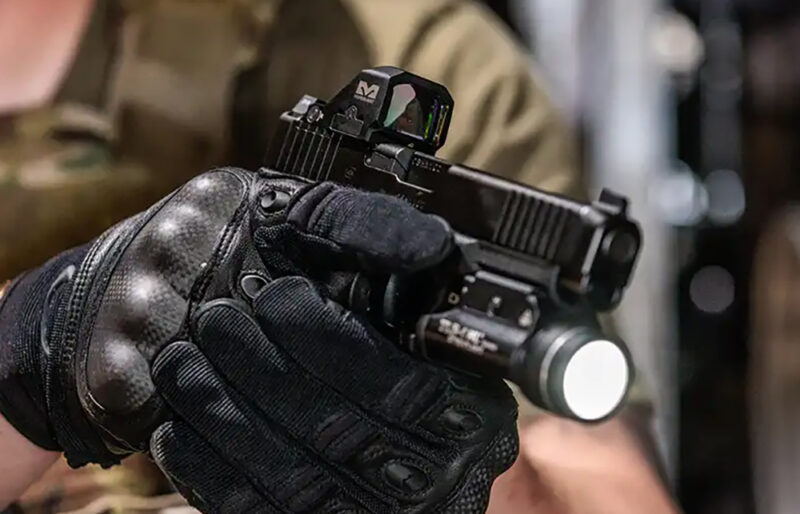
Many who have been involved in a self-defense shooting say the same thing. When the gun was up, they focused on the threat. When being attacked, most people see the bad guy and not the front sight of a defensive firearm. That, in fact, is just one of the many reasons why people should consider handgun optics.
Electro-optical red-dot scopes are just a technical improvement of the “Collimating-telescope Gunsight” first used more than 100 years ago. The result is the brain automatically superimposes the dot on the target. This provides for exceptional situational awareness, as well as a very useful low-light targeting system. Just what someone might want on a self-defense handgun.
Types of Handgun Optics
A Holographic sight uses a LASER to project a hologram. So, it is technically complex, larger in size and requires the most power. The reticle is a hologram mirrored on a glass screen by a laser diode. It can even be made with a variety of different reticles besides a simple red dot.
If the screen gets broken, the sight cannot be used. Holographic sights are inherently more costly and require being enclosed in tubes unlike skeletonized reflex sights. This makes holographic sighting systems mostly unsuitable for pistols. The power requirement is also greater than Light Emitting Diode (LED) sights, making battery life noticeably shorter.
Red-dot scopes that are called “reflex” sights cover a collective group of reticle projecting sights using a variety of colored dots. These include red, green and even yellow, but are still commonly called red-dot sights. The true RDS uses an LED emitter to project a reticle onto glass that is then reflected to the eye, hence the name “reflex sight.”
Since LEDs use very little voltage, red-dot sights have very long battery life. In fact, some units claim up to 50,000 hours of battery life. Also, unlike holographic sights, LEDs are small and lightweight. This allows for simple and compact sight designs that can mount on smaller pistols. One difference from holographic sights, if the RDS glass is shattered or even partially intact, but the image is visible, the shooter can still place accurate shots on target.
Open or Closed?
Red-dot optics come in two different types, “open” and “closed” emitters. Closed optics are protected from the elements within a sealed, durable unit directly in the line of sight. Although it reduces visibility, the optics are shielded from the elements, abuse or debris and are very water resistant.
The smaller open RDS provide a minimal line-of-sight obstruction for exceptional situational awareness in any lighting condition. However, the open RDS optics are not protected from the elements, and some can be affected by water immersion and just like iron sights, they can be compromised by debris or dirt degrading the shooter’s ability to use the sight.
Those Features
There are several things to look for when selecting a handgun optic. First, it must be robust and reliable from an established and supportive manufacturer. The company must also provide assistance and useful accessories when needed, such as Meprolight, Holosun and Trijicon.
As we age, our vision changes, keeping us from having a clear sight picture. This could cause the reticle to be blurred and indistinct enough to cause a miss. That being said, the size, color and shape of the reticle can make all the difference in the world.
The color of the dot is a personal and situational choice. While red is common, a lot of folks swear the green provides for greater acuity, especially in bright conditions where contrasting the dot from the target is difficult. The size of the dot is also a consideration as a big dot is easier to pick up but it could obscure distant targets. A small dot can be easily missed unless overly bright or could be blurry for a shooter with astigmatism.
Unlike a telescopic sight that provides shooters with only a few yards of visibility in and around the target, a handgun optics allow shooters to use both eyes so the field of view for electro-optical sights is unlimited, with minimum inherent parallax. There’s no hindrance to maintain situational awareness or inability to maintain a clear field of view. This is a huge advantage in a crisis.
Mounting Footprints
There are four major mounting “footprints” for handgun optics. Some manufacturers use a proprietary base, but most select one of the common ones for their products.
For getting the handgun optic closest to the bore axis (always the best option) direct mounting without plates is possible with some firearms. However, some will be high enough to require aftermarket tall “suppressor” sights that can be obtained from manufacturers like Dawson Precision. Some of these can be mounted DIY, but consider using a gunsmith for the best results.
Once mounted, the optic needs to be sighted in. Some sight options for both pistols and carbines are co-witnessed with the open sights, with the reticle located above the iron sights in the lower one third of the screen. An easy way to sight a handgun optic is standing back at the desired distance, 10 yards is best for most, and shoot the gun. Adjust the sight and fire again at the same spot. Keep adjusting until rounds hit the point of aim. At that point, the handgun is point and shoot.
Handgun Optics to Consider
Choices of handgun optics are only limited to the shooter’s needs and preference. Meprolight has the MPO PRO-F Closed emitter with an RMR footprint for service pistols and the MPO PRO-S Closed emitter with RMSc/JPoint footprint for subcompact pistols. I have the PRO-F on a GLOCK 23 and a PRO-S on a Hi-Power carry gun. Meprolight also has smaller, more open, versions available. These include the MPO-F and the MPO-DS. Most of the range in the $200 to $300 range.
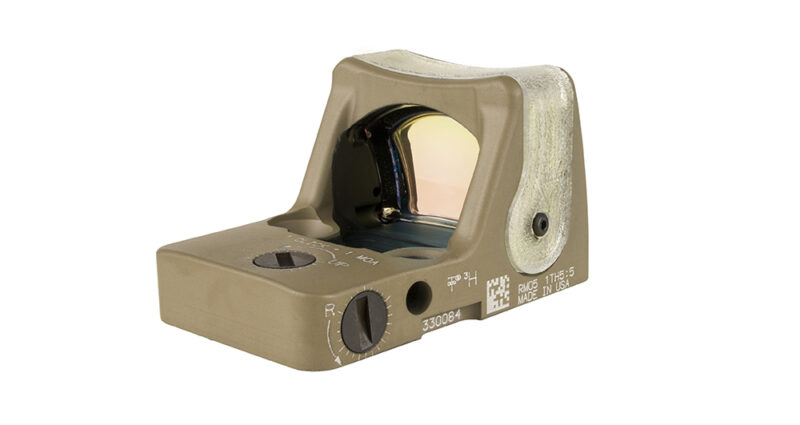
Trijicon has the battery-free, dual-illuminated RMR, using fiber optics and tritium to illuminate the reticle. Fiber optics collect ambient light, automatically adjusting the reticle brightness, but it’s also manually adjustable. In situations with no (or low) light, the tritium illuminates the reticle. Of course, Trijicon also makes battery versions, such as the RMR HD and the RMR cc.
Holosun also has a plethora of handgun optics including the EPS Carry Green-6 sized for subcompacts like the Hellcat or GLOCK 43 using Holosun’s K footprint and a RMSc adapter for maximum compatibility. Most of the Holosun models flit between open and closed models. They’re not completely open, but are beefer than many open models.

The Vortex Defender-XL Micro Red Dot uses the DeltaPoint Pro footprint and is made tough. It includes an aggressive texturing for contact racking the slide when needed. It comes with an ultra-wide sight window for quicker target acquisition and faster follow-up shots. And it includes a lifetime warranty.
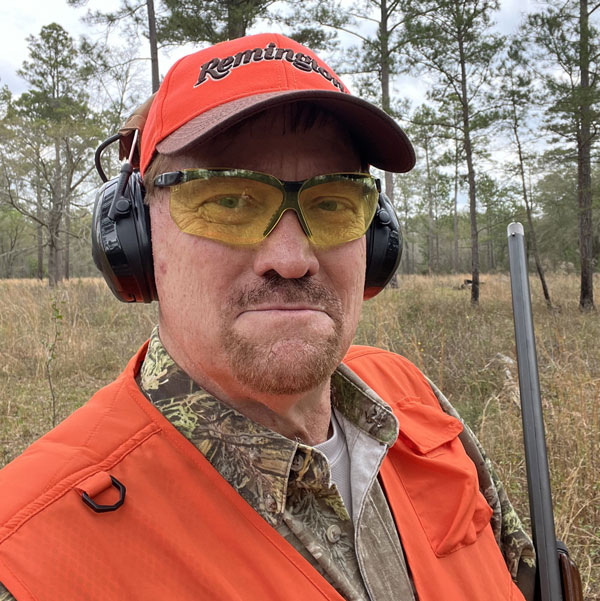
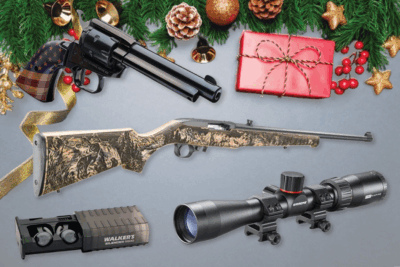
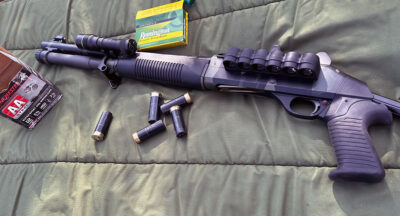
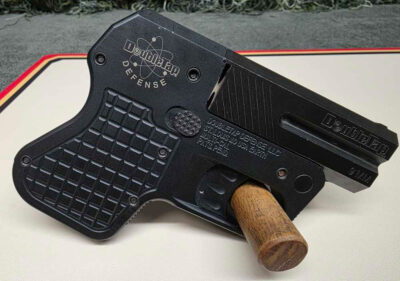
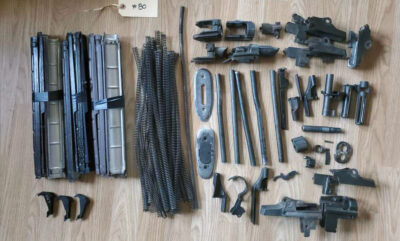
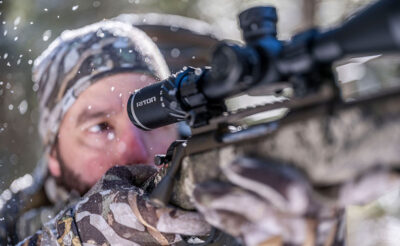

![What’s New for 2025 From Meprolight? [Video]](https://content.gunbroker.com/wp-content/uploads/2025/02/meprolight-video-featured-400x267.jpg)
![Introducing the Meprolight MVO Rifle Optics (Magnified Optics) | New for 2025 [Video]](https://content.gunbroker.com/wp-content/uploads/2025/02/Mepro-MVO-rifle-optics_1-400x267.jpg)